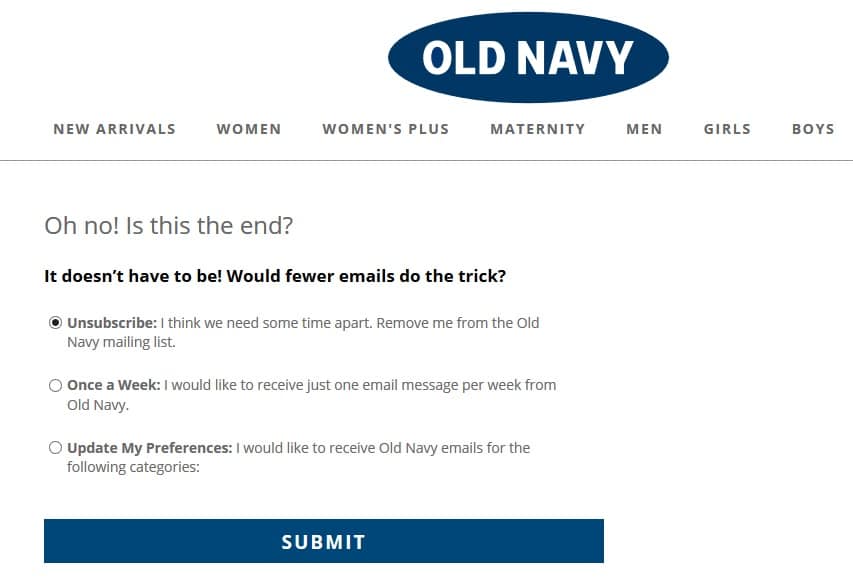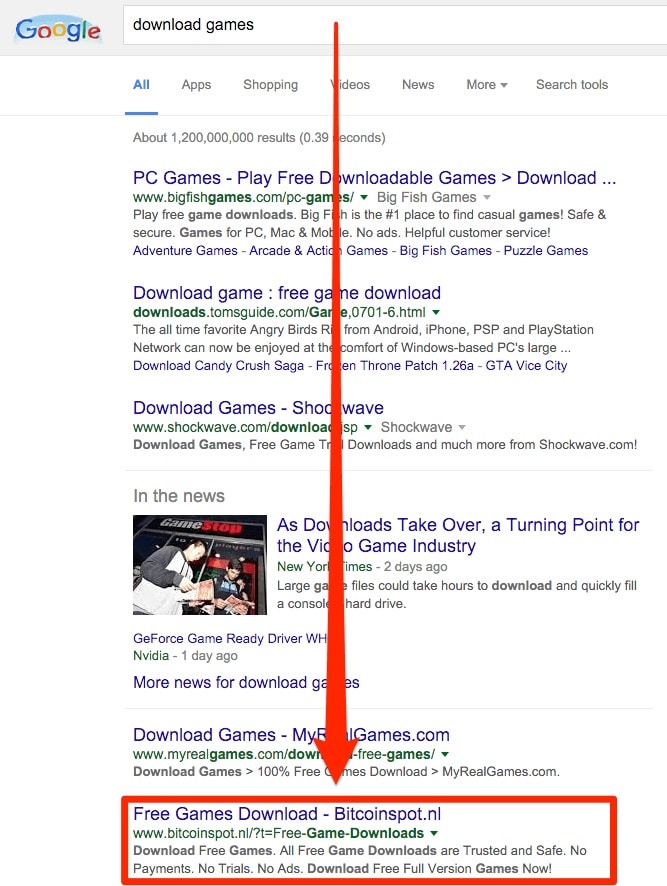Updated July 2019
Over the weekend, I was booking airline tickets from a certain carrier that will remain unnamed. Just when I thought I was getting an awesome deal, I noticed in the periphery that the price had shot up. However, by that point, I’d already hit the “Purchase” button and was well on the way to having my credit card docked. A few moments later, I received an additional email on top of my tickets – it turned out that I had “accidentally” signed up for insurance, too.
Up there on the annoyance scale with unsubscribe links that don’t work are check-boxes that are already checked for you. In this case, some clever sales hack decided that all customers should get signed up to a policy by default… However, is this really different from assuming that everyone wants to get signed up to an email newsletter?
Be courteous—Keep the box unchecked
Many may say, “Oh, but famous retailer X does it!” and sadly, they may be accurate. However, there are two simple reasons why us folks at Campaign Monitor don’t accept lists that have been collected in this manner:
- It’s not right to send email without prior consent – Email recipients don’t like it, and it’s against the law in places like Canada and Australia, so we’ve worked an opt-in requirement into our terms of use to keep our customers on the right side of the tracks. As a result, everyone enjoys high delivery and low spam complaint rates.
- It makes you a nice guy or gal – Choice is a wonderful thing. I can be a friend to someone and love their personality, dress, or Minecraft addiction. However, I may choose not to take an interest in their LinkedIn, their dog park group, or what they’re having for dinner. However, say I started getting ‘accidentally’ signed up to updates about dog parks (even though I’m not interested), then things will get a little awkward. Same applies to email – sending without consent is just bad manners.
So, word to all the designers out there with keen clients on the list-building front.
The golden rule: email edition
Let’s face it; everyone has heard of the golden rule: “treat others the way you want to be treated.” Well, that applies to your email marketing as well. Nobody likes to receive spam mail, and knowing that someone signed you up to receive information without your permission is simply downright dirty.
In fact, it may be a violation of that person’s privacy rights. So, let’s establish the golden rules for email marketing.
The GDPR and CAN-SPAM Act
Sometimes permission can be a difficult topic to get started on, but when it comes to “affirmative consent,” having your opt-in checkboxes unticked isn’t just about choice. There are varying laws across the globe that apply to email marketing and pertaining to the privacy and protection of an individual’s personal information.
The General Data Protection Regulation (GDPR)
The GDPR is a regulation that was put into practice in 2018 and intended to protect the data privacy of individuals residing in the EU. This regulation requires that brands should have proof that the consent they’ve obtained meets the GDPR’s standards in order for that use of personal data to be lawful. This means that marketing teams should be working with privacy experts and legal counsel when relying on consent to send marketing emails so that the GPDR’s consent rules are integrated into their marketing program. This should also include careful consideration of the subscribers’ right to withdraw their consent to receive the brand’s emails.
The CAN-SPAM Act
The CAN-SPAM Act is a law in the United States that acts similarly as the GDPR in that it protects citizens from receiving unwanted commercial emails. The CAN-SPAM Act states that marketers must:
- Be transparent with subscribers, abstaining from the use of false or misleading header information or deceptive subject lines.
- Identify commercial emails as ads.
- Tell recipients where your brand is located.
- Give clear instructions to subscribers on how they can remove themselves from a list, and honor that request within a set timeframe.
Provide subscribers with a preference center.
One way to avoid frustrated or overwhelmed subscribers is allowing them to choose what types of emails they receive and how often they receive them.
Old Navy does a wonderful job of this by directing their readers to a preference center on their website.
Source: Delivra
Be straightforward with your readers.
Transparency is vital when it comes to sending marketing emails to your subscriber list. This means having a clear “From,” “To,” “Reply-To,” and routing information. This header information should clearly identify the brand or individual who is sending the message.
Avoid “bait-and-switch” at all costs.
Bait-and-switch is the act of saying one thing and doing another. And in marketing, it’s considered a massive faux pas.
Take this example: this Google search result is using the bait-and-switch practice in their ad subject to try and bring in more traffic. While the searcher is looking for free game downloads, they end up at a site about bitcoin, not free games.
Source: Search Engine Land
Wrap up
While many marketing teams were worried by the introduction of the GDPR, these rules and regulations support existing marketing best practices and provide many benefits to your EU subscribers by strengthening their rights to privacy and security. Marketing teams are being held to a higher standard, and this standard leads to higher engagement and closer relationships between brand and subscriber
Providing a clear opt-in isn’t difficult, although you should consult your own legal counsel to make sure that you’ve fully considered the impact of privacy and anti-spam legislation on your organization’s marketing program.
Finally, we’d love to hear about how you’ve discussed issues surrounding permission (and sign up forms in particular) with your clients. If you’ve had a curious experience, a pushy corporate client, or simply a funny quip, please let us know about it in the comments below.
PS: I still haven’t been refunded for the insurance policy yet.







